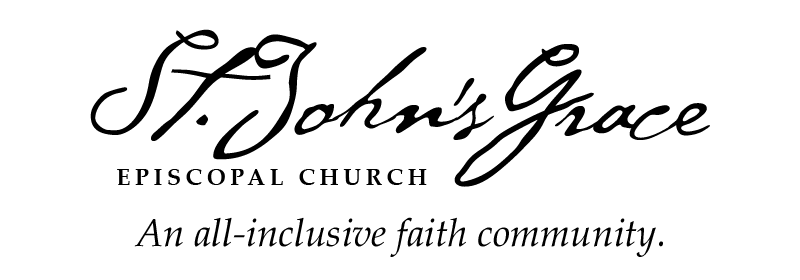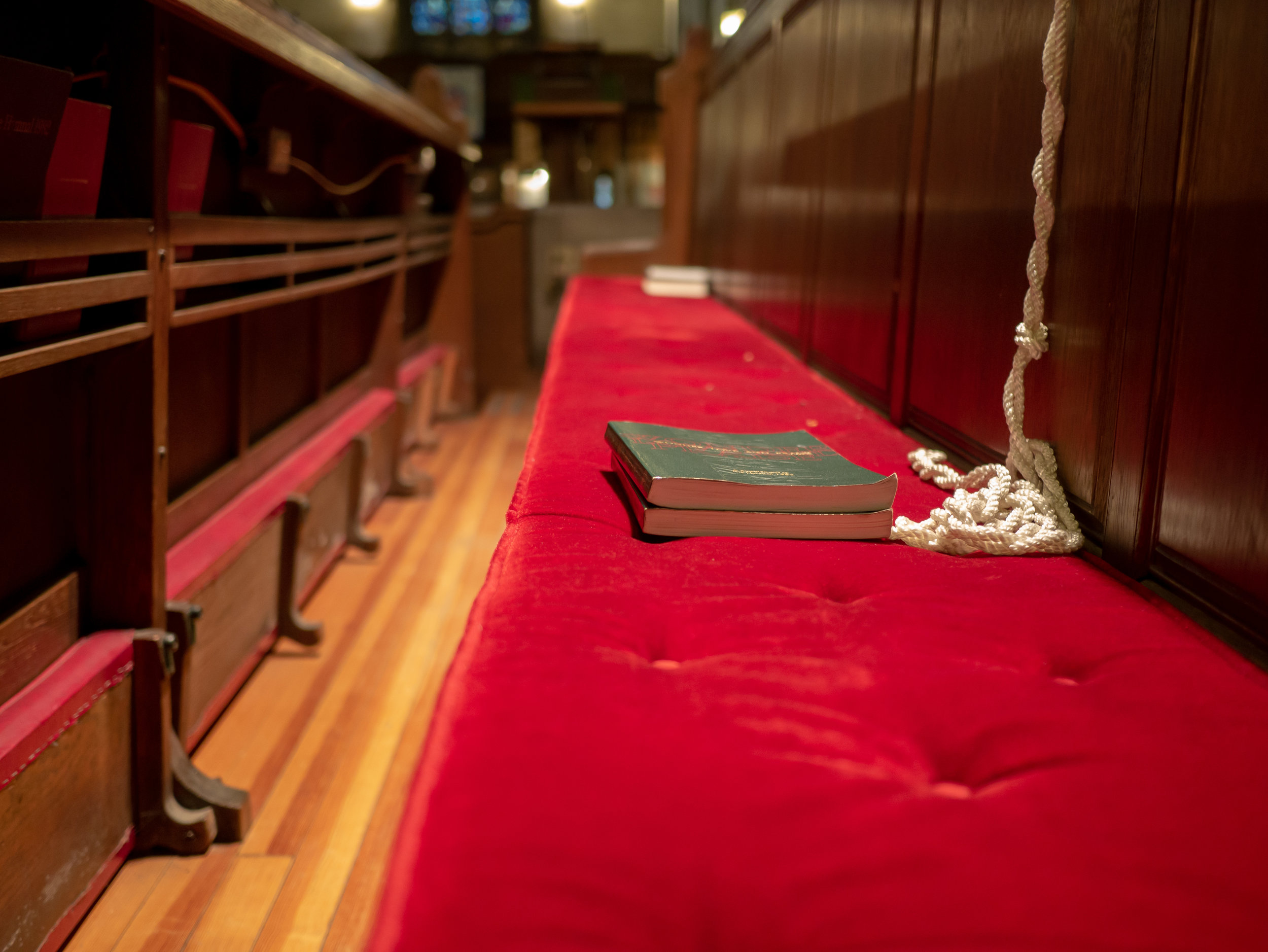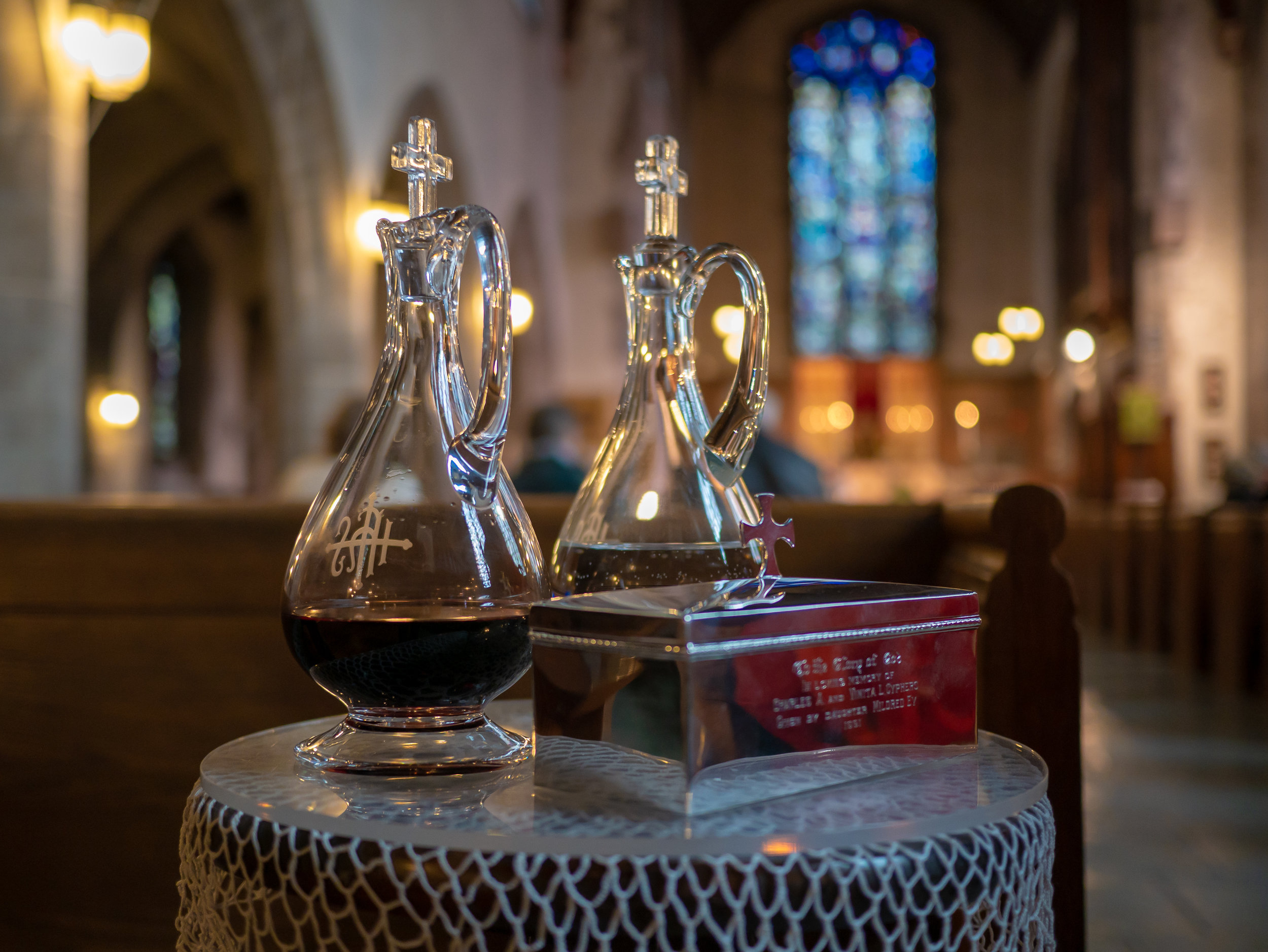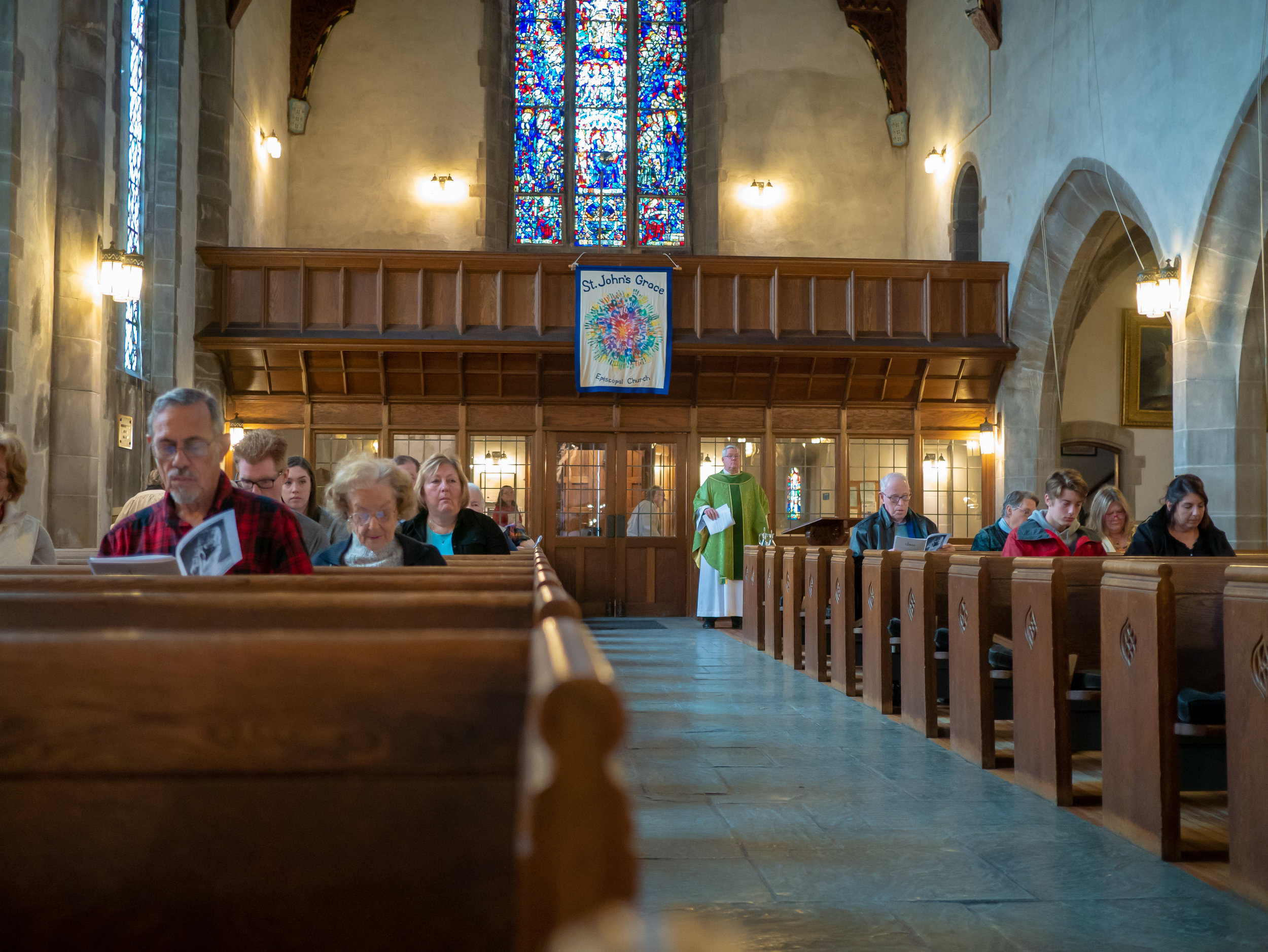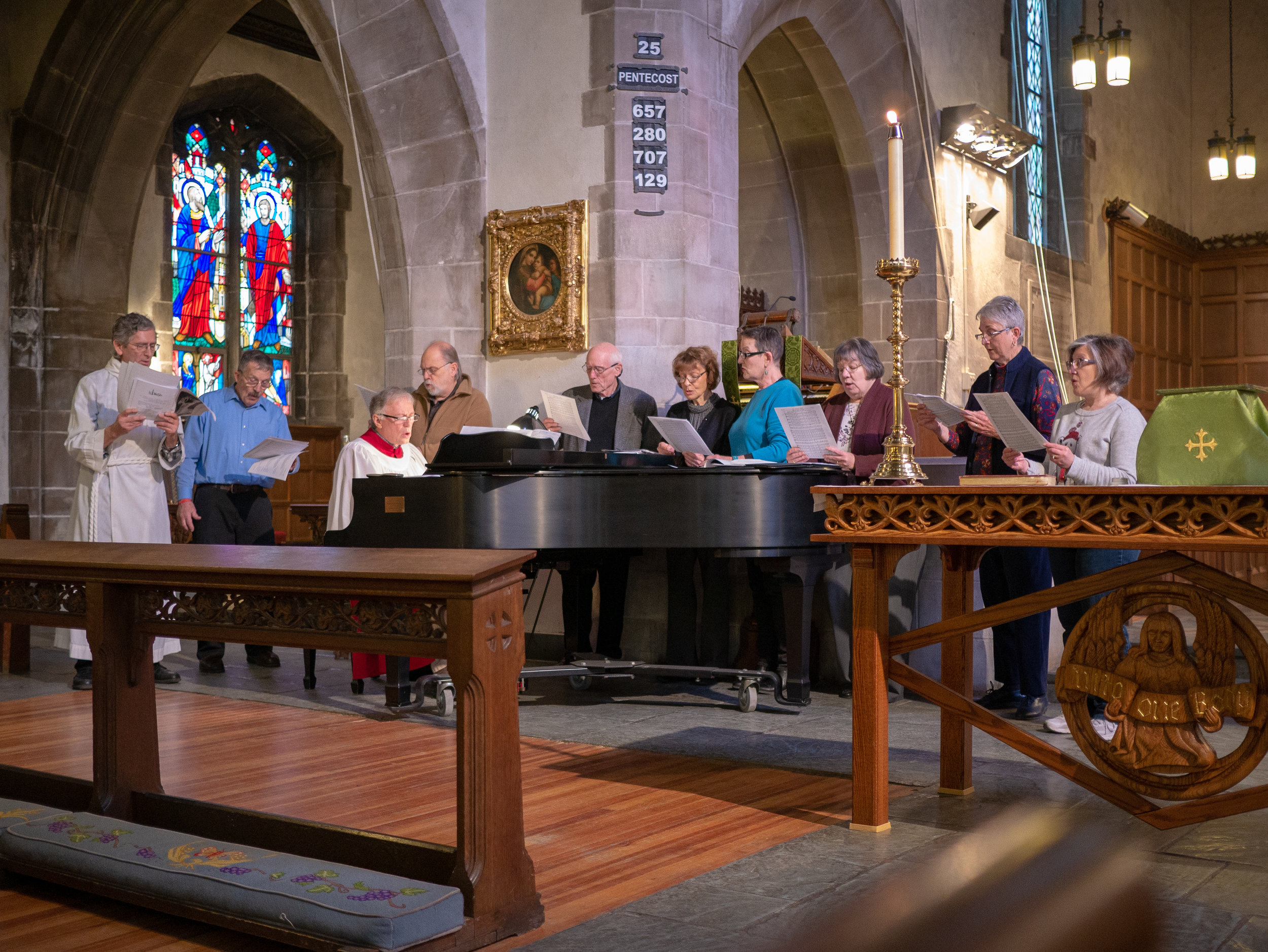Fifth Sunday of Easter
April 28, 2024
8:30 A.M. Morning Prayer
11:00 A.M. Holy Eucharist
link to lectionary
Attend in-person or online at Zoom; passcode is 51Colonial.
Come as you are.
an all-inclusive faith community
Our Mission is to go out into the community and partner with our neighbors to work for justice for all. Everyone is Welcome at Jesus’ Table.
We are a community who gathers in faith, to walk together into the mystery, and to experience love, grace, hope and healing.
We are an Episcopal Church with Sunday Worship at 8:30 and 11:00. Healing prayers are offered at both services.
established in 1825
Saint John’s Episcopal Church
Saint John’s has a colorful history. It is said to have started because there were no more pews to rent at Saint Paul’s or Trinity (currently a large downtown Episcopal cathedral and church, respectively). Saint John’s first building was at a Swan Street site in downtown Buffalo. That site was later to become the location of the Hotel Buffalo. Most recently it is the site of Dunn Tire Park, the professional baseball stadium.
On the 4th of July 1868 a rocket from fireworks set the church building on fire. The fire destroyed all but the walls of the church. Should the congregation rebuild the church or should they move to a more uptown location? Trinity and St. Paul’s were within an easy walk of Saint John’s. The congregation split. The downtown faction rebuilt the Swan Street building. The uptown faction took the insurance money and formed a new parish, Christ Church, at Delaware and Tupper. The uptown movement caught on. In 1883 Trinity Church moved uptown and merged with Christ Church. The current chapel at Trinity is the former Christ Church building.
In 1893 St. John’s decided to move further uptown. The Colonial Circle location was chosen after dismissing the site, once owned by St. John’s, at Symphony Circle, the current location of First Presbyterian Church.
The new church soon proved too small and an addition, increasing the size of the sanctuary, was built in 1909; another addition was constructed in 1920 to enlarge the parish hall facilities. Finally, in 1925 the building of the current sanctuary commenced and it was completed and put to use in 1927.
Grace Episcopal Church
Grace Church began in 1825 in the Village of Black Rock. At this early point the congregation worshiped in a building shared with the Presbyterians on Breckenridge Street (that building is still standing). In about 1859 the people of Grace built their own church (now demolished) on Penfield and Niagara, and then constructed a church (1917) and parish hall (1911) on Lafayette and Congress. Over this period Buffalo grew to include the Village of Black Rock, in part, the result of the decision to make Buffalo, rather than Black Rock, the western terminus of the Erie Canal. The Presbyterian congregation mentioned above is now organized as West Avenue Presbyterian Church in a building (1899) on West Avenue and West Ferry.
The Reverend John C. Ward, the rector at Grace Church from 1902 to 1921 was elected Bishop of Erie, Pennsylvania in 1921 and was consecrated at Grace Church on September 22, 1921. Bishop Ward, a few days later (9/25/21), presided at the installation of the Reverend John Ner Borton as rector of Grace Church. The chapel off the parish hall at Saint John’s-Grace is furnished with items from Grace Church on Penfield Street, and it is called the Bishop Ward Chapel in memory of him. When Richard Anderson became rector at Grace Church in 1968 there was a commitment made to the Bishop to experiment with using new liturgy and folk music. The worship space was reconfigured to accommodate a freestanding altar at the crossing. After more than two years the experience suggested that a more contemporary rendering of the Eucharist had failed to increase the membership at Grace Church.
SAINT JOHN’S-GRACE
During the period of suburban expansion Grace and Saint John’s suffered diminishing membership from folks moving out of the city into the suburbs. The new residents were less likely to identify with the Episcopal churches in the neighborhood. In 1971 Saint John’s and Grace agreed to merge. The marriage included people and financial assets which strengthened the merged congregation and, with the leadership of the Rev. Peter W. Bridgford, began to grow and develop into the open and welcoming congregation it is today. The merger was not easy at first, but the diversity of membership has become a strength as people from all walks of life can find welcome here.
